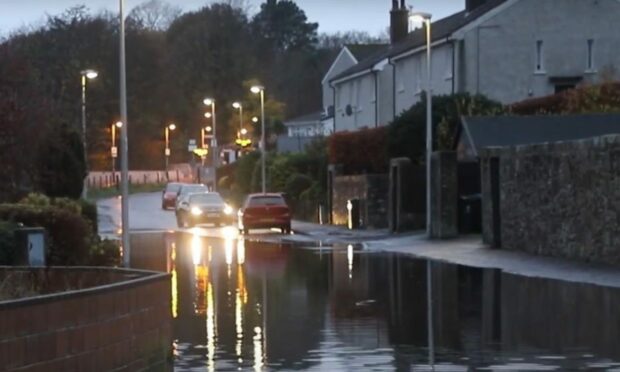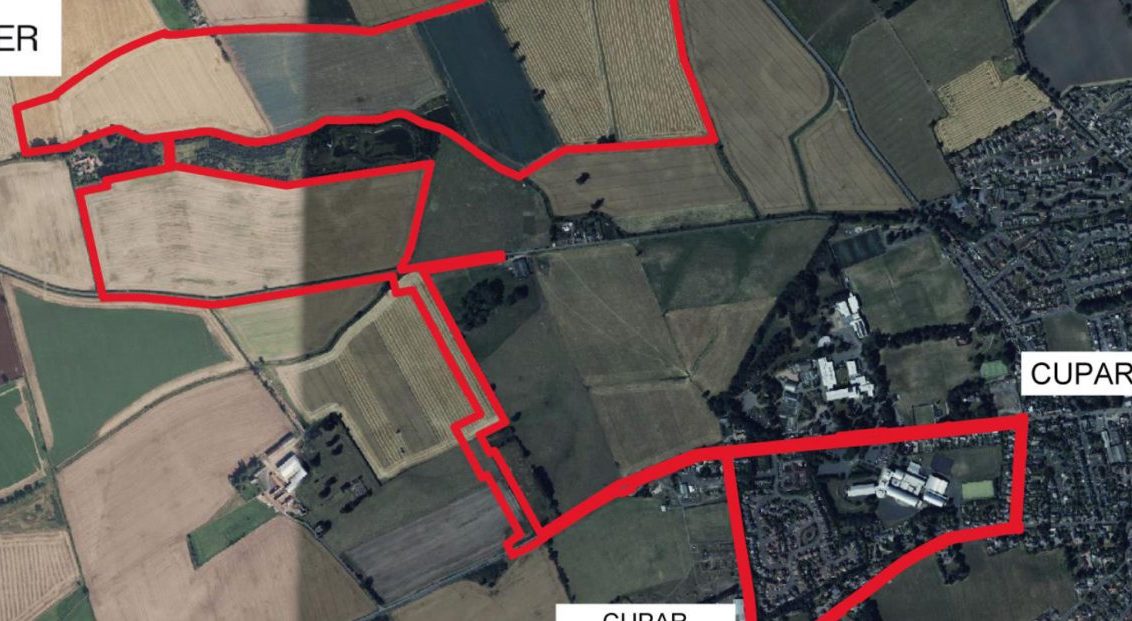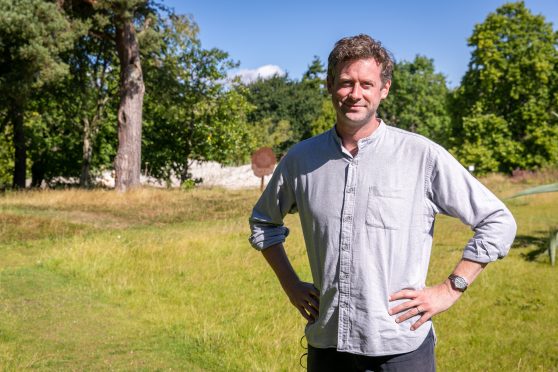Parts of Invergowrie were flooded just days after Perth and Kinross Council scrapped the village’s flood management scheme.
On Friday last week, an overflowing Invergowrie Burn inundated gardens and some sheds were left at least a foot deep in water.
Floodwaters came perilously close to properties in Main Street, where one resident said the council had “totally ignored” them.
The week before, the council’s Climate Change and Sustainability Committee had agreed not to press ahead with a natural flood management scheme in the village.
Council officials said to do so would not be economically viable.
Water pumps on stand-by
David Sturrock, 79, lives beside Invergowrie Burn. It backs on to his garden.
His shed suffered water damage after last week’s downpours.
He said he invested in two water pumps after he and his neighbours had gardens flooded in the past.
“The first one wasn’t big enough. I thought I’ll get myself a bigger one.
“It’s been on stand-by.”
He said Perth and Kinross Council (PKC) officials sent letters to residents informing them about the flood scheme decision.
“The latest letter said ‘sorry boys, we can’t afford it’.
“We’re being totally ignored.”
Why did the council scrap the scheme?
Consulting engineers Sweco UK carried out a flood management study in Invergowrie.
They found that up to 24 residential properties and three non-residential properties in Invergowrie were at risk in the event of a one-in-200-year flood.
That doesn’t mean a flood will happen every 200 years. It is also interpreted as a 0.5% chance of flooding in any one year.
But council officials say the cost of any flood prevention scheme must be less than the damage to property it prevents.
Just days after councillors agreed to scrap the local flood scheme, Tayside and Fife was hit by heavy rainfall, and flooding.
The Invergowrie Burn burst its banks while local residents worked to protect their homes.
According to the committee report: “The council will continue to raise awareness of flooding and encourage the local community and other landowners to become more prepared and resilient to deal with flooding in the future.”
Protecting homes costs ‘thousands’
I visited the Perthshire village in the wake of the floods. The flooding had receded but the burn was still fast flowing.
The owners of a house just yards from the burn asked to remain anonymous.
Flooding has affected them in the past and they have spent “thousands” protecting their home.
“Sadly, we’ve got to face the fact that it’s up to us.
“We’ve done what we can do along the side of the house.
“We’ve spent a lot of money putting walls up.”
Flooding previously hit Invergowrie in 2004, when the burn overflowed on to streets and gardens.
The water was so deep one resident even used a canoe to travel along the street.
A PKC spokesperson said the Sweco study had informed “other ongoing actions to manage flood risk”.
These include using Scottish Environment Protection Agency’s flood warning system and managing flood risk through planning policy.










Conversation